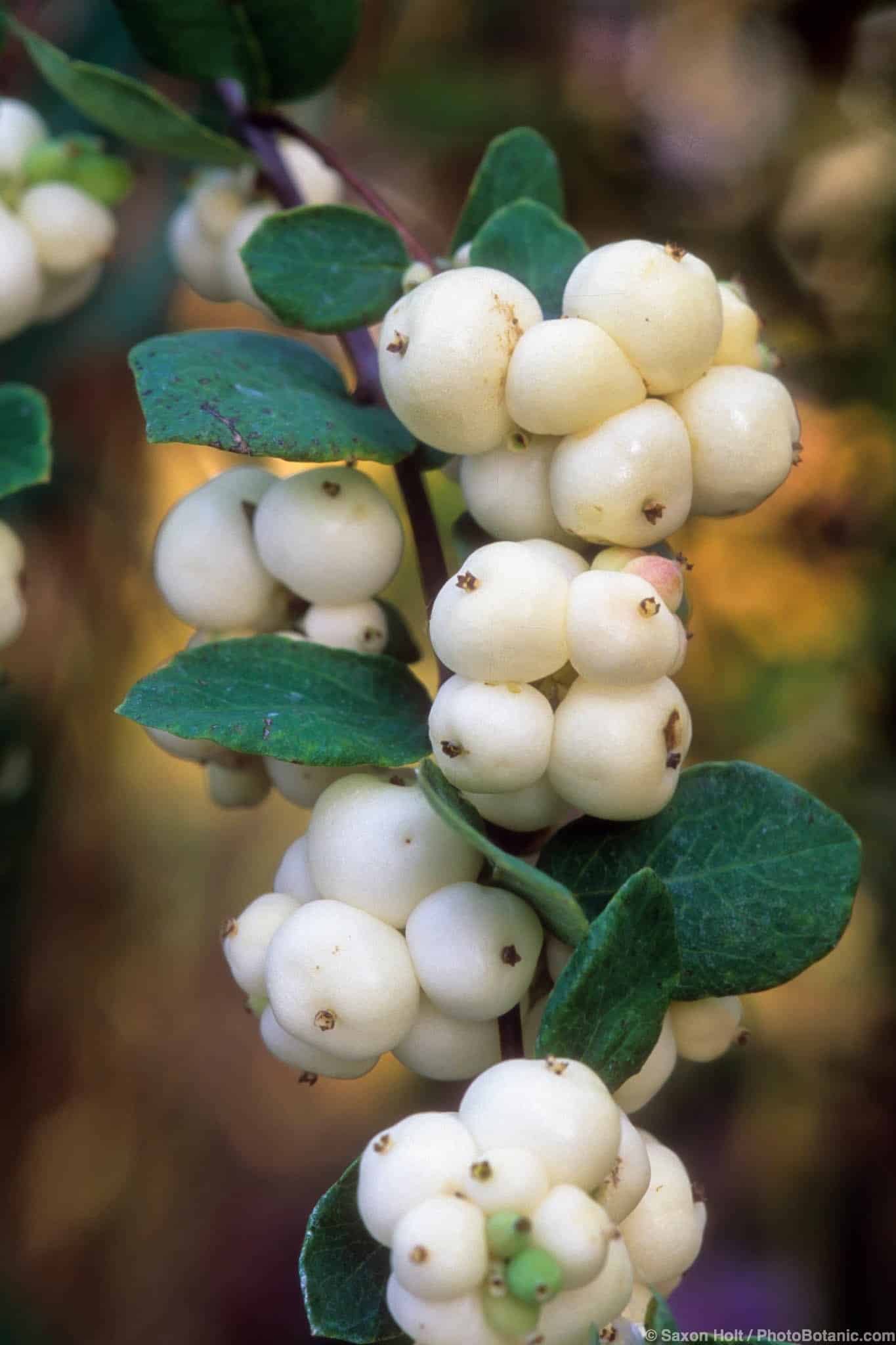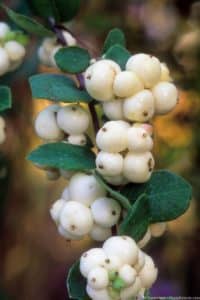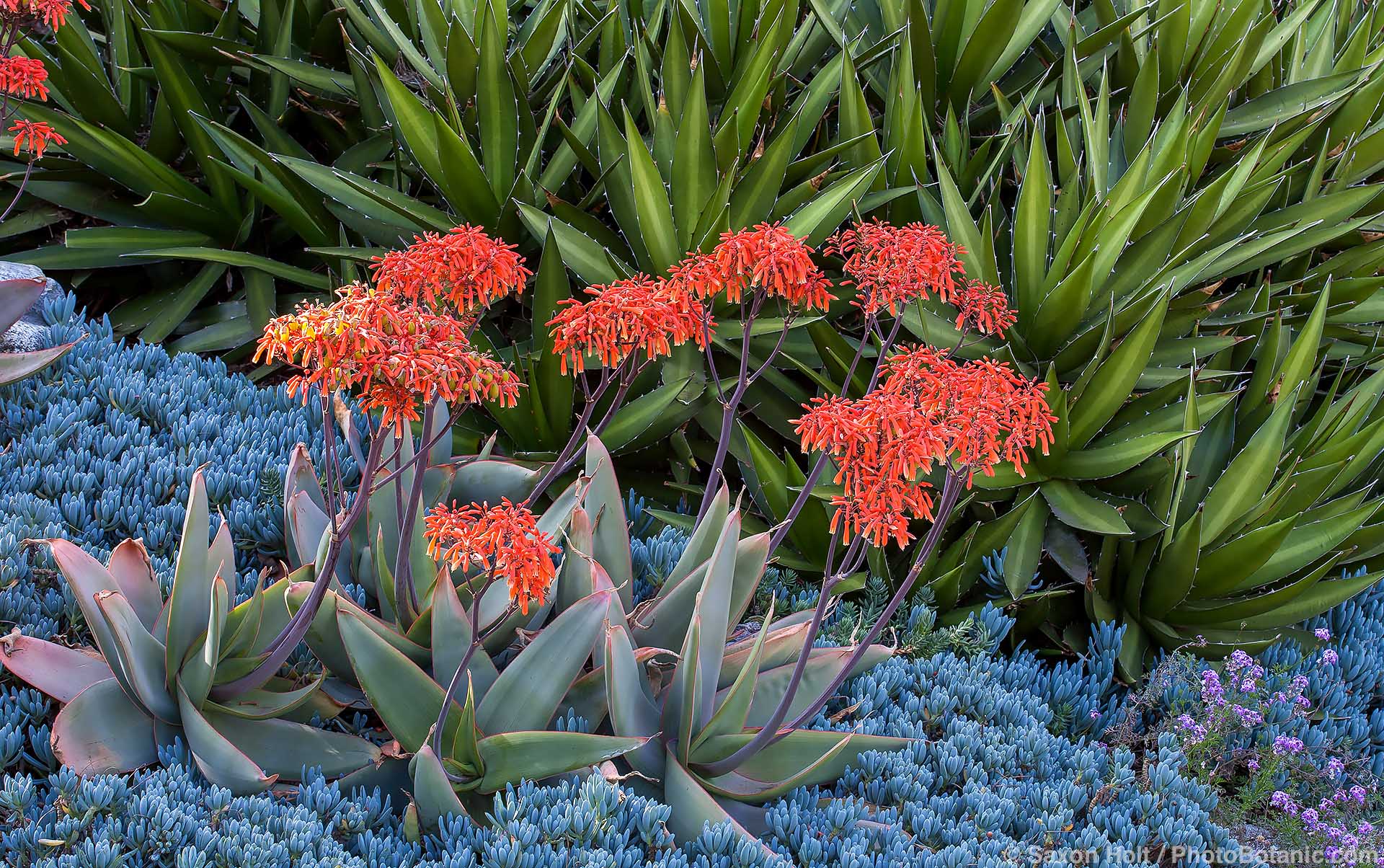Snowberry

Share This!
Snowberry (Symphoricarpos albus) is one of those plants that remind you that California does, after all, have seasons.
A delicate-looking shrub with a strong constitution, snowberry has small, somewhat sparse, oval to slightly lobed blue-green leaves and an airy, rounded habit. The early summer flowers are bell-shaped and pinkish white, not particularly showy but quite charming clustered at the ends of branches and attractive to hummingbirds.
The fall berries are indescribably lovely to behold. Clusters of large, brilliant white, waxy fruits stand out against any background. There are few shrubs with berries as white and wonderful as this.
This native California shrub grows 3 to 6 feet tall and wide, finely branched and upright to mounding, and spreads underground by rhizomes. Plant it where it doesn’t need to be contained, or cut out suckers as they appear. The rhizomatous rooting makes this a great bank stabilizer.
Snowberry is a deciduous shrub, so plan for winter loss of leaves. It is perhaps best planted among evergreen shrubs and groundcovers such as manzanitas or mahonias that can carry the show when it is out of leaf. In full leaf it is highly ornamental.
Some berries will hang on into winter, but they turn brownish white until they fall or are eaten by birds. Snowberry takes some shade, even full shade, but it flowers and fruits best with part-day full sun, where occasional deep watering is appreciated. It accepts most soils, but does better with at least fair drainage.
Snowberry may be munched by deer, but not if anything more palatable is available. Rabbits, squirrels, and other small mammals relish it for cover. Quail may use it as nesting sites. Larger birds such as jays will eat the berries, though there have been reports of quite odd behavior after birds have eaten what may be somewhat toxic berries.
Share This!
Related Articles
By: Saxon Holt
By: Nora Harlow
By: Saxon Holt





